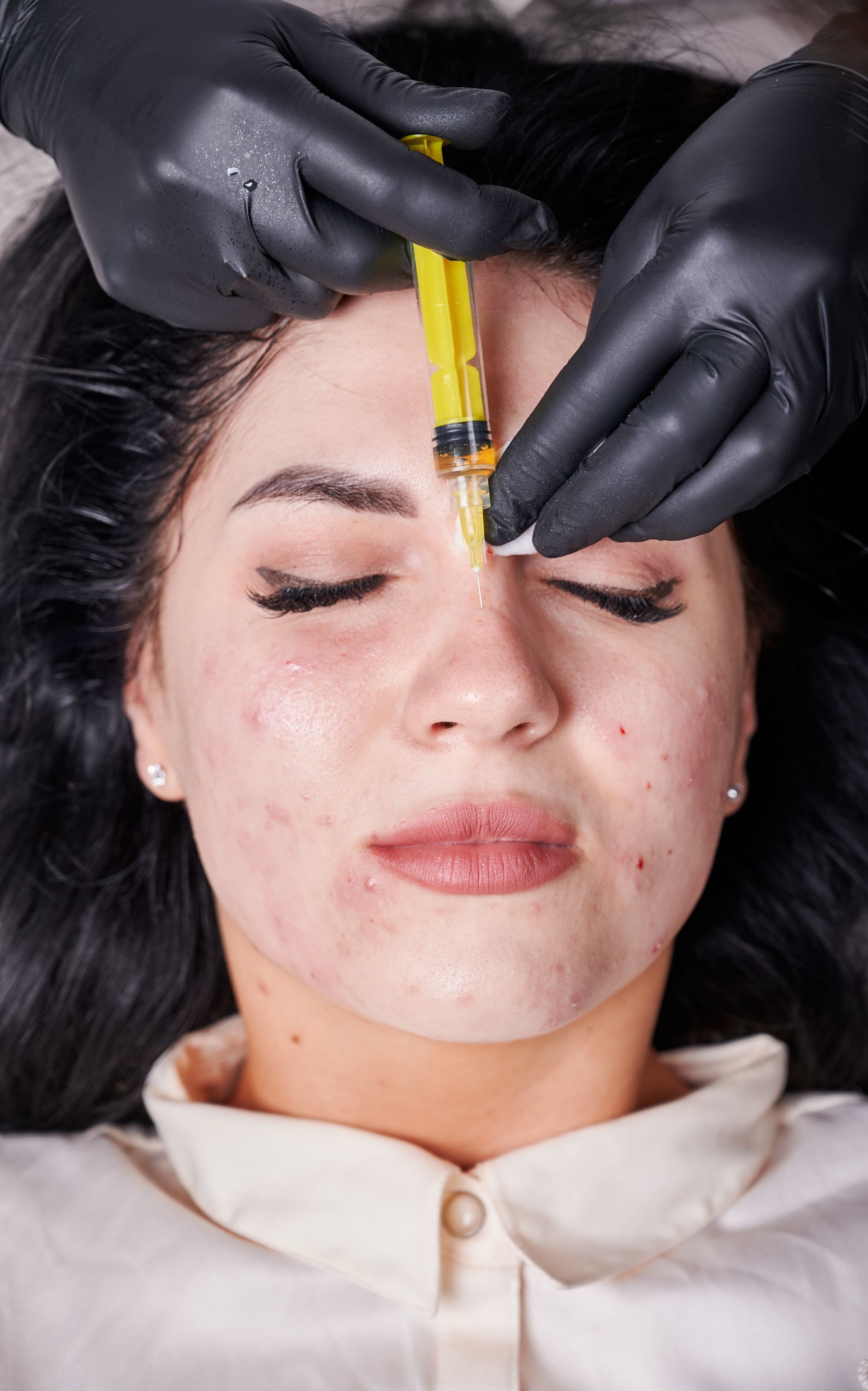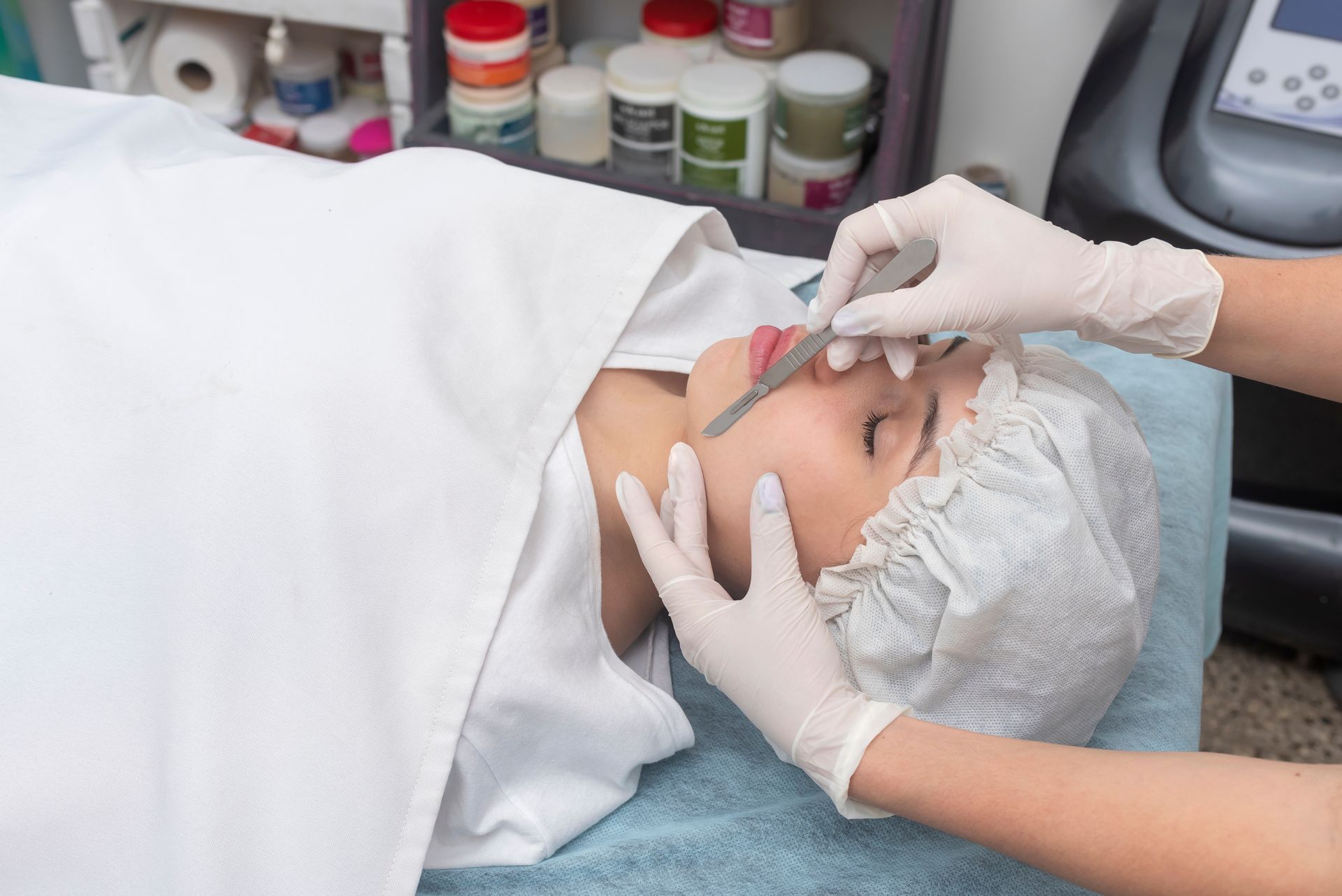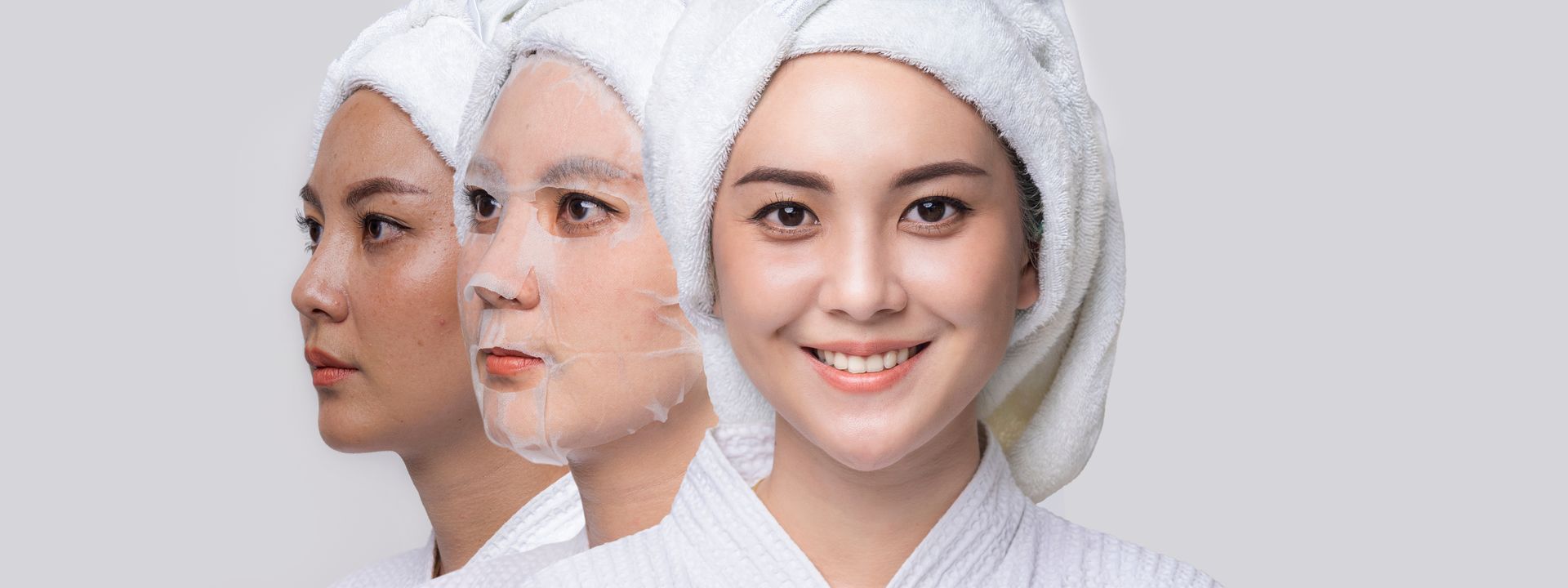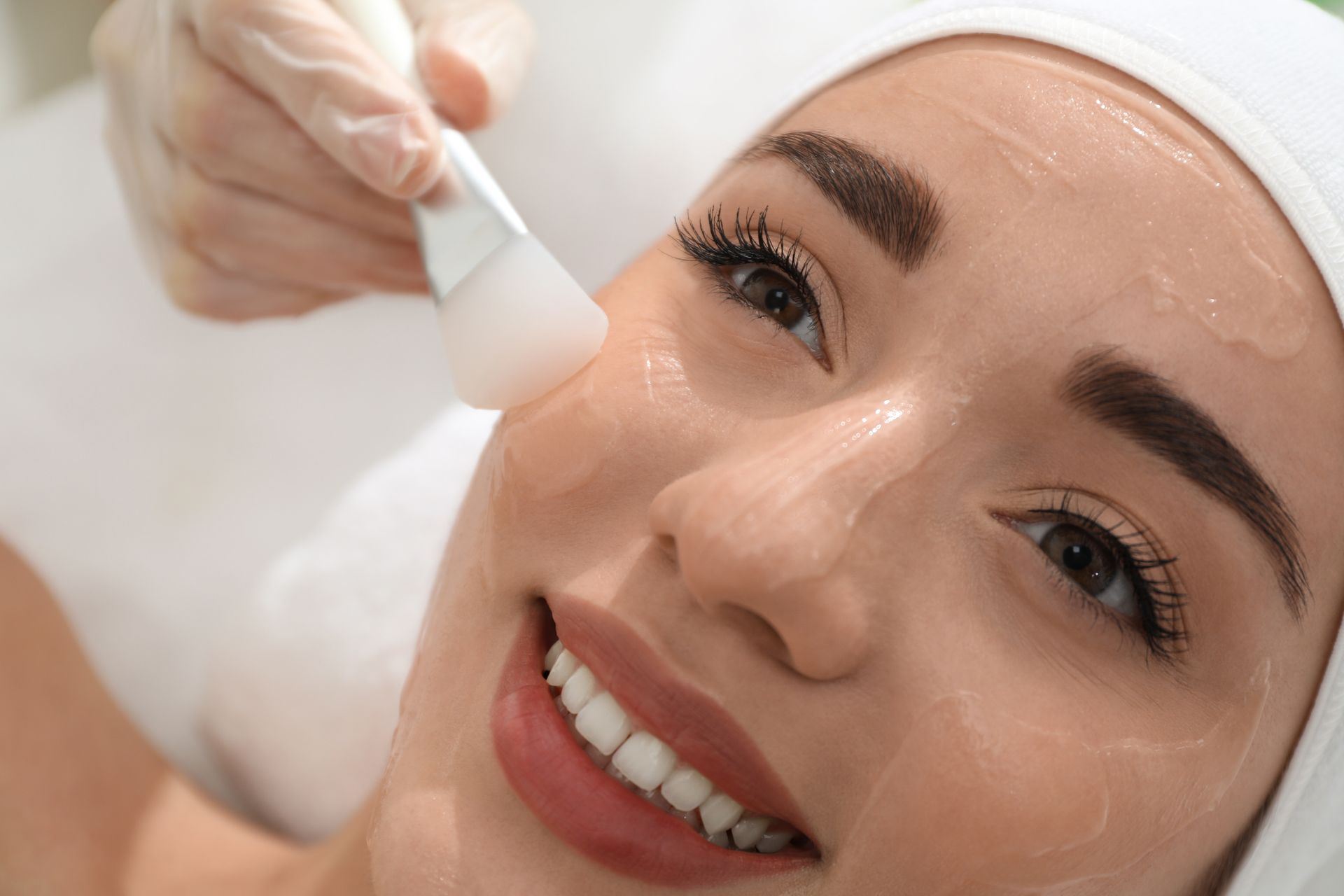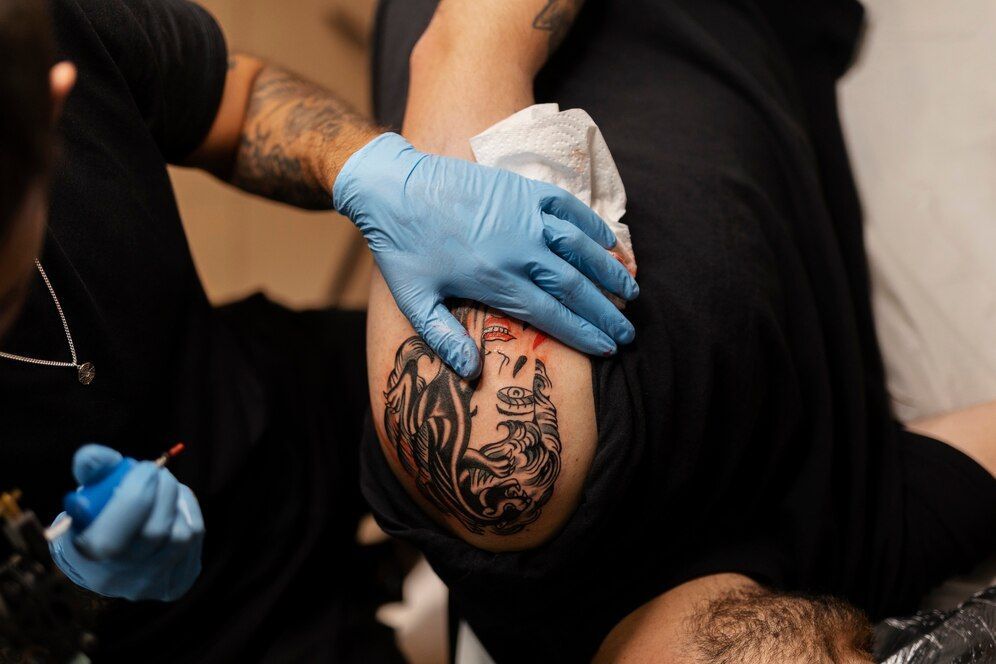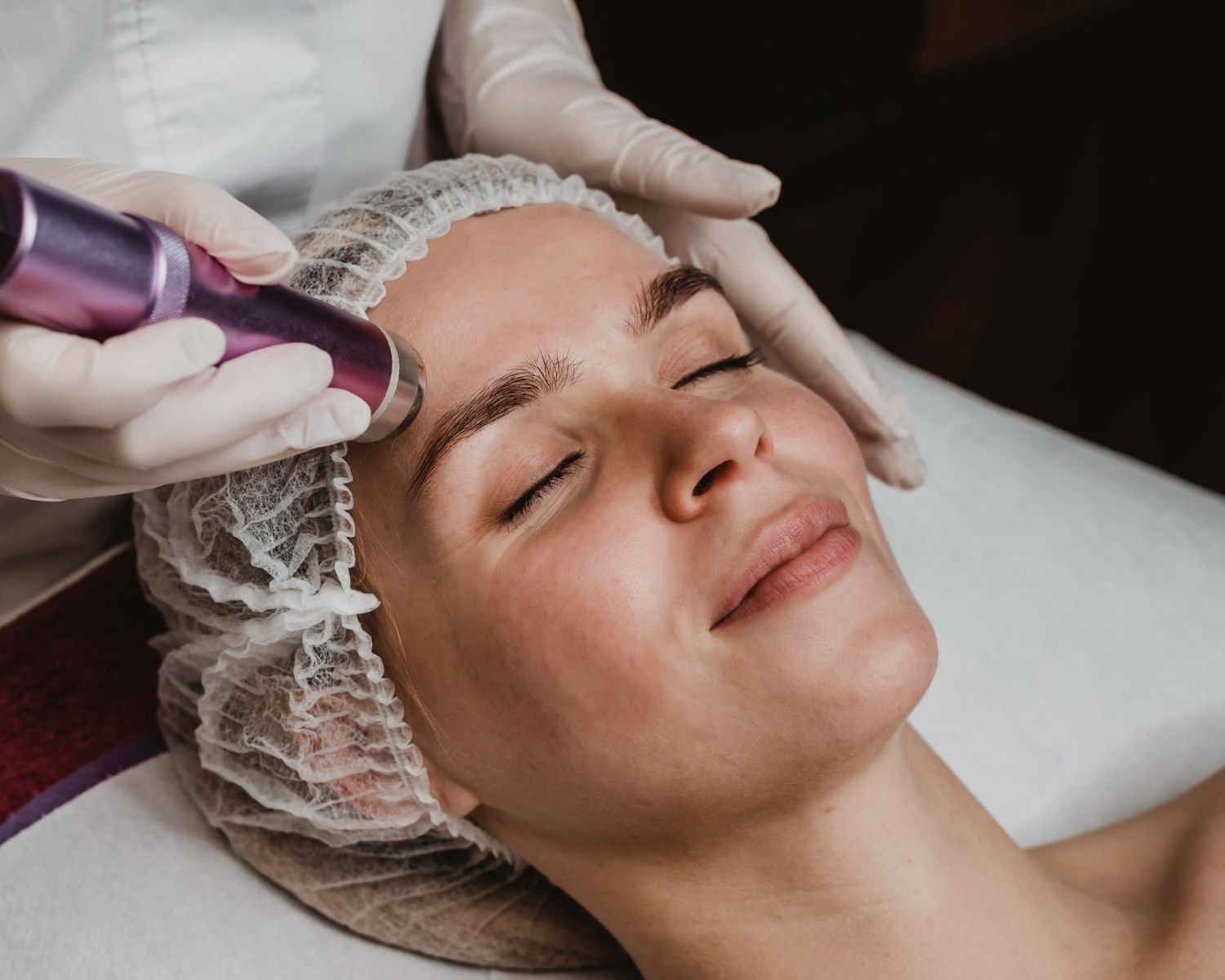How to Get Rid of Keratosis Pilaris
Keratosis pilaris is a common chronic skin condition marked by small, scaly bumps that form around hair follicles. Because of its appearance, it’s also known as chicken skin.
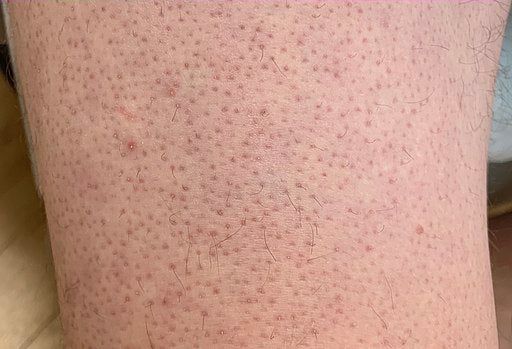
Image courtesy of Dermanonymous , CC BY-SA 4.0 , via Wikimedia Commons
Keratosis pilaris can feel uncomfortable to the touch, but the good news is that it’s not serious, and it’s very easy to treat.
What Is Keratosis Pilaris?
Before we get into treatment, let’s take a closer look at the nature and causes of keratosis pilaris. Those bumps that form around the hair follicles consist of extra keratin. Keratin is a protein that your body uses to create skin, hair and nails.
For people who have keratosis pilaris, the most common locations are the upper arms, thighs and buttocks. It can also appear on the cheeks or the sides of the torso.
Doctors don’t know for sure what causes keratosis pilaris, but it’s possible that genes cause the body to secrete extra keratin. It’s associated with eczema and atopic dermatitis.
What Are the Symptoms of Keratosis Pilaris?
Each case is different, but the most common symptom is small, hard bumps on the upper arms, thighs, buttocks, or cheeks. The bumps don’t usually itch or cause pain. Sometimes they have pale, dry skin scales on top. Sometimes they are red. Some of the bumps may have a hair follicle twisted inside them.
How Do Doctors Diagnose Keratosis Pilaris?
In most cases, your doctor can diagnose keratosis pilaris just by looking at it. The doctor may also ask about your family history. Occasionally, a doctor may remove a piece of skin and examine it under a microscope.
How Do You Get Rid of Keratosis Pilaris?
Time alone will often get rid of keratosis pilaris. People who have it often outgrow the condition by age 30.
If you don’t want to wait until you outgrow it, a simple combination of exfoliation and lotion will work wonders. Gently use a loofah while washing, if desired, but this step is optional.
After your shower or bath, use an exfoliating lotion. Revoderm’s Revolac lotion is idea for this purpose. It contains 10% AHA lactic acid and is clinically formulated for dry, scaly skin conditions and sun-damaged skin, ingrown hair, and keratosis pilaris.
If you experience irritation at first, just skip treatment for a night, then reintroduce it on the following night.
For Further Information
If you’d like to learn more about keratosis pilaris, see the Mayo Clinic page Keratosis pilaris.
The post How to Get Rid of Keratosis Pilaris appeared first on Derm.ca.




